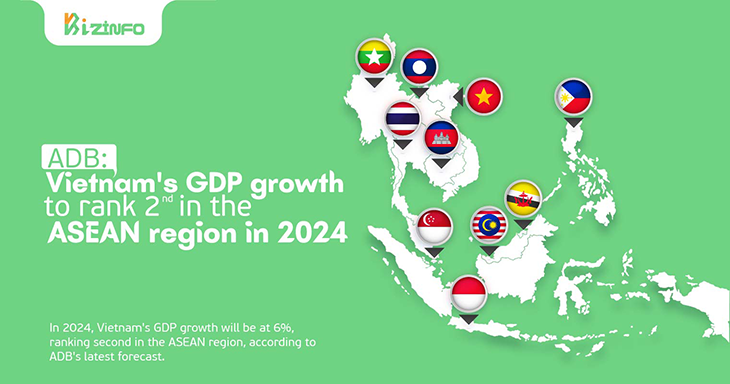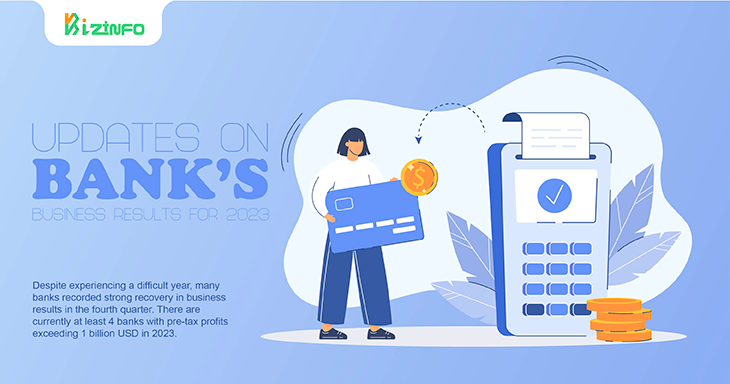Published Jan 2025
How to Identify the Main Lines of Business of Companies in Vietnam
This article explores the concept of lines of business, the challenges specific to Vietnam’s regulatory landscape, and how Vanguard Business Information’s Company Report provides clarity and actionable insights.

How to Identify the Main Lines of Business of Companies in Vietnam
In today’s dynamic global economy, understanding a company’s main lines of business is essential for investors, partners, and competitors. However, in Vietnam, identifying a company’s core activities is not always straightforward due to discrepancies between registered and actual operations.
This article explores the concept of lines of business, the challenges specific to Vietnam’s regulatory landscape, and how Vanguard Business Information’s Company Report provides clarity and actionable insights.
What Are "Lines of Business"?
A company’s "lines of business" refers to its primary operational activities or the industries it participates in. These activities are typically classified using standardized systems, such as the International Standard Industrial Classification (ISIC) or Vietnam’s classification framework.
Identifying a company’s lines of business is crucial for understanding its competitive positioning, market focus, and growth trajectory. This knowledge serves as the foundation for informed decision-making and strategic alignment for stakeholders like investors, regulators, and potential partners.
However, in Vietnam, the complexity of business registration practices and operational structures makes it challenging to determine these lines of business with accuracy.
Challenges in Identifying Lines of Business in Vietnam
Vietnam’s regulatory and business environment presents unique challenges for accurately identifying a company’s main lines of business:
1. Over-registration of Activities
Many Vietnamese companies register for various activities during their initial setup. This approach allows them to avoid the bureaucratic hurdles of adding new business lines later. Consequently, a company may officially list dozens of activities, even if it primarily operates in only one or two.
For example, a logistics company may register construction, manufacturing, or trading activities, even if those fields are not part of its day-to-day operations. This practice creates a disconnect between registration documents and actual business operations.
2. Discrepancy Between Registration and Practice
In some cases, companies register one set of activities but engage in entirely different operations. This discrepancy arises due to various factors:
- Compliance with outdated regulations: Companies may include additional activities to meet licensing requirements from older regulations.
- Operational flexibility: Registering a broad range of activities provides companies with the freedom to pivot into new sectors without additional paperwork.
- Concealment: Some businesses deliberately obscure their actual activities to avoid attracting attention from competitors or regulators.
These inconsistencies complicate the process of understanding what a company truly does based solely on its registration.
Why It’s Important to Identify a Company’s Lines of Business
For stakeholders interacting with a company—whether as investors, partners, or competitors—accurately identifying its lines of business is crucial for several reasons:
Strategic Decision-Making: Understanding a company’s core activities enables stakeholders to assess its market potential, competitive advantages, and future growth opportunities.
Risk Mitigation: Discrepancies between registered and actual activities may indicate potential compliance risks or operational vulnerabilities.
Partnership Alignment: Accurate knowledge of a company’s activities ensures better alignment when forming joint ventures or strategic partnerships.
Market Analysis: Knowing a company’s industry focus enhances the accuracy of market research and competitive analysis.
Without clarity on a company’s operations, stakeholders risk making uninformed decisions, which can have financial and strategic consequences.
How to Identify the Main Lines of Business
Given the limitations of official registration documents, alternative approaches are necessary to determine a company’s operational focus accurately.
Direct Communication
Speaking directly with company representatives can provide valuable insights into their operations. However, this approach depends on the company’s willingness to disclose accurate and detailed information, which may not always be guaranteed.
Industry Reports
Market and industry reports can provide contextual insights into a company’s sector. While these reports often lack company-specific details, they help frame the company’s activities within broader industry trends.
Vanguard Business Information’s Company Report
For a comprehensive and reliable solution, Vanguard Business Information’s Company Report stands out as the most effective tool.
Why the Company Report Matters
The Company Report bridges the gap between registered and actual business activities by offering stakeholders detailed, actionable insights. Here’s how it adds value:
- Detailed Operational Data: The report goes beyond generic registration descriptions to identify a company’s true operational focus. It provides clarity on what the company actually does, rather than what it is authorized to do.
- Revenue Correlation: Where financial data is available, the report correlates revenue streams with specific business activities. This allows stakeholders to pinpoint the company’s primary revenue drivers and evaluate its financial health.
- Risk Indicators: Discrepancies between registered and actual activities are flagged in the report. These insights help stakeholders identify compliance risks, operational vulnerabilities, or areas requiring further investigation.
- Historical Consistency: The report highlights a company’s operational history, showcasing its stability and longevity in specific industries. This information is particularly useful for assessing credibility and market reputation.
Case Study
Consider two Vietnamese companies registered as construction service providers:
- Company A lists 20 additional activities, including trading, consulting, and manufacturing.
- Company B registers only construction services.
At first glance, Company A might appear more diversified, while Company B seems specialized. However, the Company Report reveals the truth:
- Company A generates 90% of its revenue from a single construction project, with the other activities existing only on paper.
- Company B, despite its limited registration, has completed multiple high-value projects and holds a significant market share in construction.
This level of insight empowers investors to make decisions based on real operational data, rather than assumptions derived from registration documents.
Conclusion
Understanding a company’s true lines of business is critical for strategic decision-making, risk mitigation, and effective partnerships. In Vietnam, the challenge lies in navigating the gap between what companies register and what they actually do.
Vanguard Business Information’s Company Report addresses this challenge by providing stakeholders with precise, detailed, and actionable insights. By leveraging this tool, investors, partners, and regulators can ensure informed decision-making and align their strategies with real market conditions.
In a world where transparency drives trust, the Company Report is an indispensable asset for navigating Vietnam’s corporate landscape.















